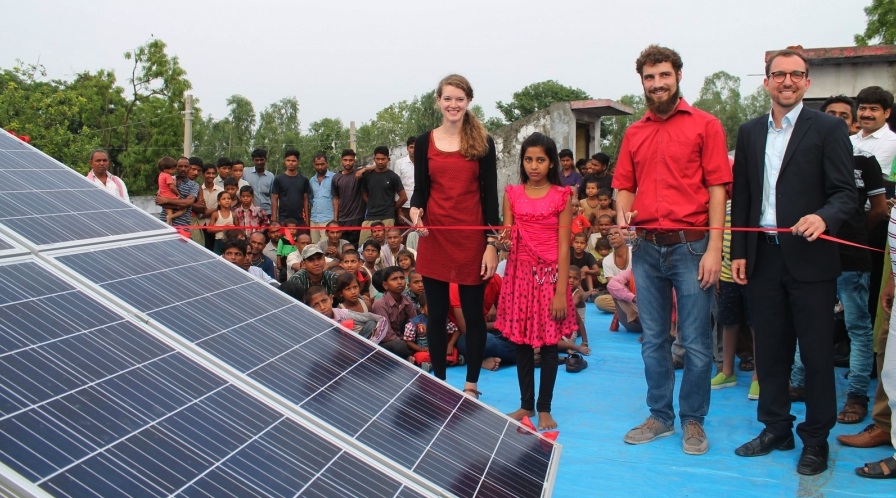Emerging solar markets in South and East Asia, Latin America, sub-Saharan Africa and the Middle East imported $722 million worth of solar components from China in March this year – the highest amount ever in a single month.
More than half of that figure – $508 million – can be attributed to India, which has steadily increased its solar imports from China on a monthly basis all year: from $296 million in January to $464 million in February, accounting for 37% and 44% of all Chinese PV exports to emerging markets (non-OECD) respectively.
This data, which comes from the latest Bloomberg New Energy Finance (BNEF) 3Q Frontier Power Market Outlook, also reveals that emerging solar markets now account for more than 60% of all of China’s PV exports – a massive $1.8 billion worth of solar PV equipment over the first quarter of the year.
While India is the most demanding customer, Latin America and the Caribbean has stepped up its Chinese solar orders too, importing $215 million worth in Q1 this year, compared to $71 million in Q1 2016.
However, it is the relationship between China and India that is most striking from the data, and not just in trade: the two countries are also some of the most active investors in rural electrification and renewable projects in Africa, providing between them loans worth $189 million for PV and microgrid projects on the continent since April.
The BNEF data also shows that there has been a steep and encouraging decline in the amount of diesel generators sold in these frontier markets, with Africa and the Middle East recording a 25% fall in diesel generator imports in 2016. The downward trend is evident across OECD nations, but BNEF is reluctant to pin this transition solely on the growth of renewables – indeed, the market for branded portable solar kits also contracted 8% in the second half of 2016, the data shows.
The BNEF report attributes the slowdown in solar kit investment to a tougher economic climate and regulatory environment in many non-OECD countries, with currency issues in Nigeria and India in particular affecting uptake. Around 40% of all solar kit sales in the second half of 2016 were recorded in East Africa, with South Asia accounting for 38% of sales.
India matures
There can be no doubting the incredibly positive impact solar is having on India’s power network. The average number of reported power cuts has plummeted since May 2016, down from 19.4 hours to just 6.1 hours in March this year. And while there are massive regional differences at play, this trend is encouraging, and helps to drive acceptance of policies designed to boost rural electrification: the state cabinet of Bihar wants 1 GW of rooftop solar and 100 MW of solar-backed micro-grids by 2022: just one example of the push for renewables in nor rural areas.
Across the entire non-OECD group, 20 MW of commercial and industrial micro-grid projects have been announced since April, while also since April $386 million in program and loan announcements – almost exclusively by governments and development banks – have been made for residential micro-grids.
The largest deals include a $66 million credit agreement by the Indian government to build a solar-hybrid rural electrification project in Mauritania, a $76 million Asian Development Bank loan for a diesel-generator-reduction project in Papua New Guinea, and a g, backed by the Bank of China.
This content is protected by copyright and may not be reused. If you want to cooperate with us and would like to reuse some of our content, please contact: editors@pv-magazine.com.



2 comments
By submitting this form you agree to pv magazine using your data for the purposes of publishing your comment.
Your personal data will only be disclosed or otherwise transmitted to third parties for the purposes of spam filtering or if this is necessary for technical maintenance of the website. Any other transfer to third parties will not take place unless this is justified on the basis of applicable data protection regulations or if pv magazine is legally obliged to do so.
You may revoke this consent at any time with effect for the future, in which case your personal data will be deleted immediately. Otherwise, your data will be deleted if pv magazine has processed your request or the purpose of data storage is fulfilled.
Further information on data privacy can be found in our Data Protection Policy.